“Korokke” is a standard dish of Western-style Japanese food. During the Taisho period, it was one of the three major western dishes along with curry rice and tonkatsu. There are many different types of korokke, depending on the ingredients used, but perhaps the most familiar to Japanese people is the potato korokke. It is interesting to find out that french-born korokke, the origin of croquettes, do not contain potatoes, and potato korokke is a dish born in Japan. Let’s explore the story of its birth and the recipe to make the Japanese style korokke.
What is Korokke?
Korokke or croquettes are mainly made of mashed boiled potatoes, rolled into a bale shape or oval shape, coated with flour, eggs, and bread crumbs, and fried in a large amount of lard or cooking oil. The batter has a crispy and light texture, and the gentle flavor of potatoes spreads out the moment you put it in your mouth. The original croquette is comparable to the Japanese cream croquette, which consists of a filling made of white sauce coated in breadcrumbs before being fried. This served as a tip, leading to the creation of numerous croquette menus in Japan, including potato croquette, meat croquette blended with minced meat, vegetable croquette, and pumpkin croquette.
Etymology
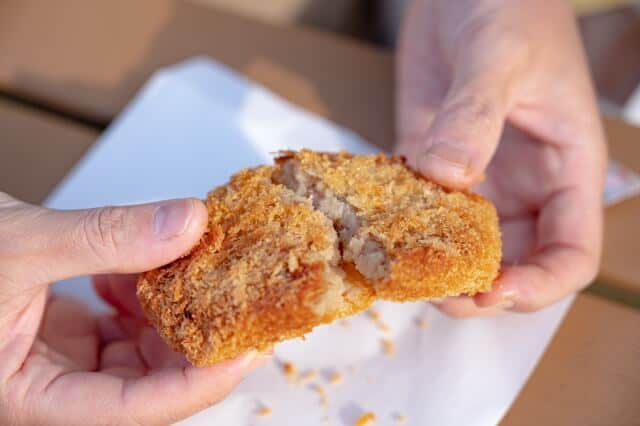
The Japanese loanword “korokke” (コロッケ) is said to have originated from the French word “croquette” or the Dutch word “kroket”. Korokke started appearing in restaurants and cookbooks during the Meiji period (1868-1912).
Korokke History
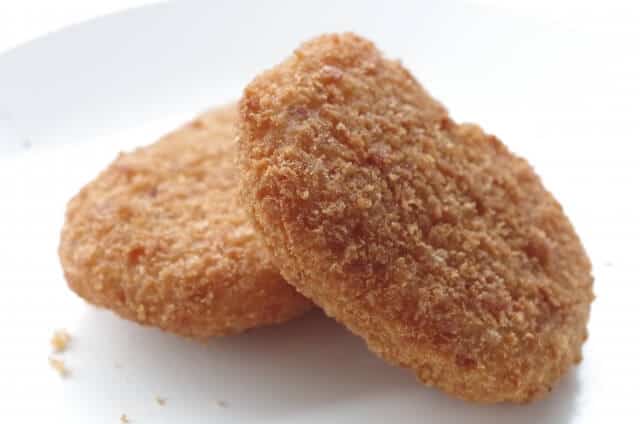
Along with tonkatsu and curry rice, croquettes were one of the three main western foods during the Taisho era. The French and English culinary cultures had an impact on the Western cuisine world in Japan as a result of civilization and enlightenment. As a result, the French croquette is a derivative, however, croquette only refers to a dish with bechamel sauce, while the majority of croquettes served in Western restaurants during the Taisho era were cream croquettes.
Simultaneously, as seen in stews and fish and chips, British dishes containing potatoes became popular, and it appears that the original Japanese potato croquette was born.
The Tsukiji Seiyoken Hotel in Tokyo began serving Western food in 1870 (Meiji 3), and by 1897 there were roughly 40 such establishments. Western cuisine, which was only consumed on rare occasions by a tiny class of people in the early Meiji era, started to become a staple meal for the working class in the middle of the Meiji era. Due to the First World War, the economy flourished from the end of the Taisho era to the start of the Showa era, and Tokyo became the center of its population. Croquettes were a regular item on the a la carte menu as well.
Korokke Recipe

Korokke Ingredients
| Ingredients of Korokke for 2 persons | Measurements |
|---|---|
| Potatoes | 20g |
| Onion | 7g |
| Minced meat | 100g |
| Salt and pepper | 350g |
| Sugar | 5g |
| Butter | 10g |
| Cake Flour | 28g |
| Egg | 23g |
| Bread Crumbs | 56g |
| Oil | 100g |
How to make Korokke
Peel the potatoes, remove the buds, and cut into bite-sized pieces.
Place the potatoes in a heat-resistant bowl, wrap, and heat in a 600W microwave oven for about 4 minutes. Immediately after heating, mash with a spoon or masher and mix with butter.
Chop the onion and add minced meat to a heated frying pan and fry over medium heat. When the color changes, add salt, pepper, and sugar. Then, stir-fry over medium heat, and when the onions are soft, remove from the heat and remove from the heat.
Mix all ingredients and divide into 4 equal parts and make oval. Lightly coat the surface of the molded product with flour, mix with beaten egg, and then add bread crumbs.
Pour oil into a pan, heat to about 180°C, add 6, and when the batter turns golden brown, drain off the oil and place on a plate.
Tips for cooking
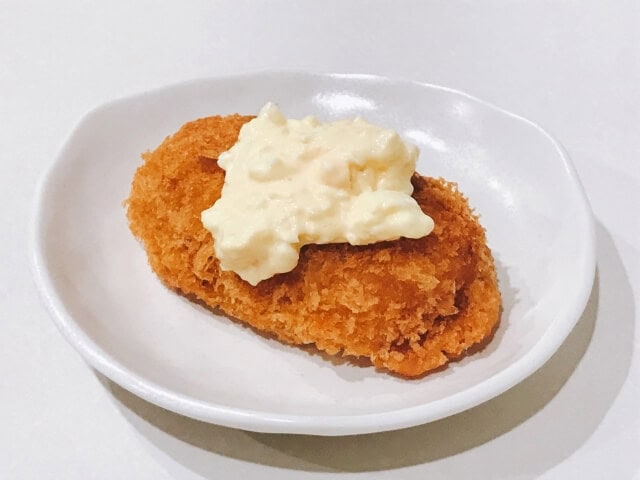
A croquette bursts due to a conflict of forces between the batter and ingredients. If the batter is strong and the pressure is higher than the ingredients, it will not burst.
Reduce the “moisture content of ingredients”
If the amount of moisture is high, it will be easier for moisture to move from the ingredient side to the batter side. In particular, the bursting of thin batter is greatly affected by the amount of moisture just below the batter. It will burst easily. If you reduce the water content in the ingredients, the amount of steam generated will also reduce, so you can prevent bursting.
Lower the “Temperature of Ingredients”
Experiments have shown that croquettes whose ingredients are refrigerated before battering are less likely to burst than croquettes cooked at room temperature, and frozen croquettes may not burst. Keeping the ingredients at a low temperature slows down the temperature rise during frying. If you can make a fried batter before the ingredients reach a high temperature, you can prevent them from bursting.
Set the “oil temperature” to a high temperature
If you fry in hot oil, the moisture just below the batter will turn into steam before it tries to blow out. In the case of thick batter, too, by shortening the heating time, it is possible to fry before the entire ingredients expand, so bursting is also less likely to occur. Using hot oil (180-200°C) to make the crispy batter in a short period of time will help prevent bursting.
Types of Korokke
Potato croquette
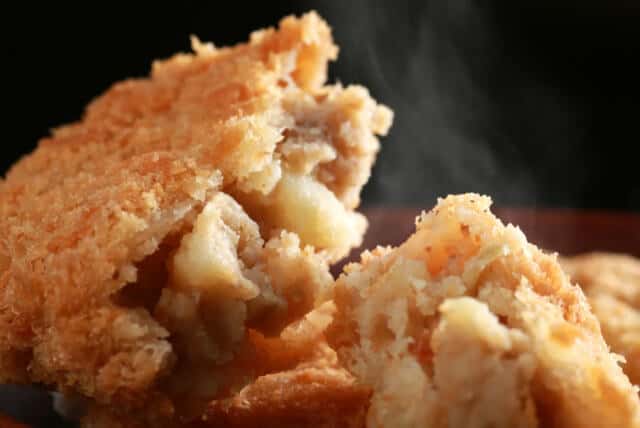
You can make croquettes using meat and potatoes the day after I make meat and potatoes. It’s sweeter than a typical croquette recipe, but that’s what makes it delicious.
Beef croquette
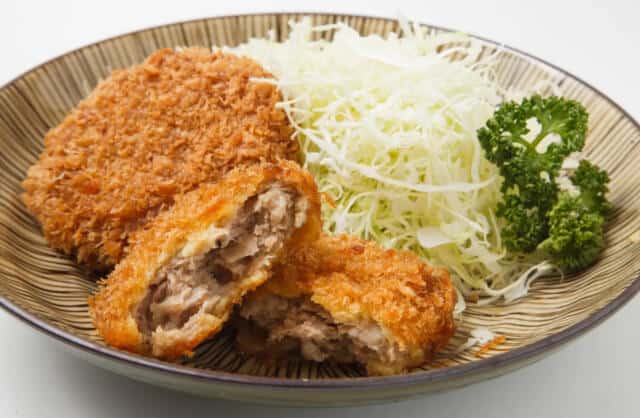
You can make meaty croquettes with minced beef instead of minced meat and put it on top of udon noodles and eat it.
Crab cream croquette
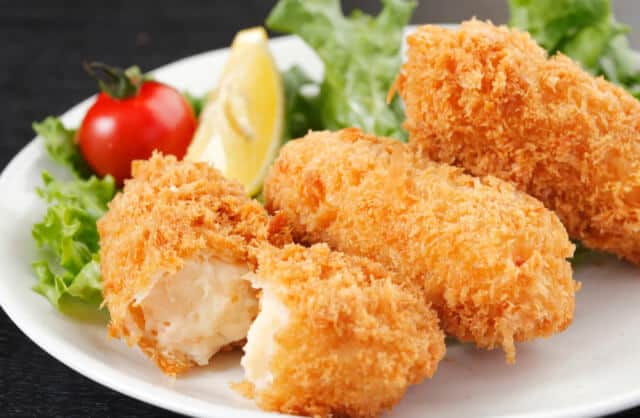
The melting cream made from crab meat and crab sticks and the crispy batter are a perfect match. You can also enjoy choosing the sauce to match with demi sauce and tomato sauce.
Pumpkin croquette

It seems that the reason why it is so popular is that even children who don’t like pumpkin will find it sweet. It’s also nice to mash it a little coarsely and enjoy the fluffy texture.
Day of korokke
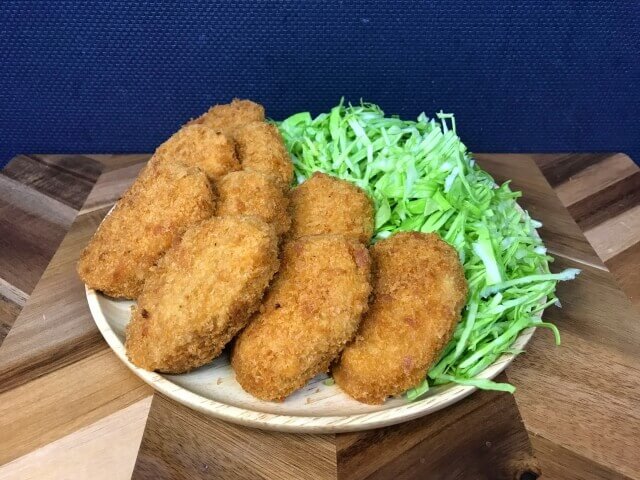
May 6th, “Croquette Day” was decided by Ajinochinuya, a company that manufactures and sells frozen foods. In addition to “Croquette Day”, “Aji no C. hinuya” has many such “anniversaries related to deep-fried food”.
For example, “Menchikatsu Day”. This is March 7th. In the Kansai region, they often called it menchi katsu “minchi katsu”, and “3” and “7” are a combination of “3 (mi) 7 (shichi)” and “minchi”. Then, “Tonkatsu Day” is October 1st. “10” is “ton”, and “1” is “1st = win (cutlet)”. And the meaning of “winning the game.”
Where to buy Korokke
Soshigaya Okura (祖師谷鈴木)
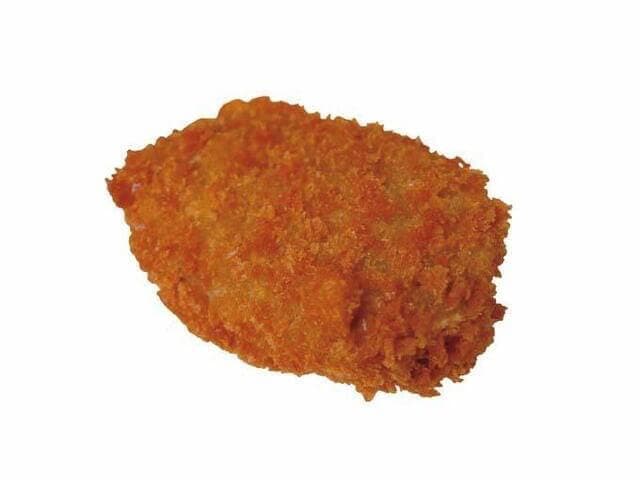
It is a butcher shop that sells Matsukasa beef and sells korokke for ¥110, about 8cm in size. Orthodox croquette with a crunchy batter that wraps potatoes and minced beef. Even after 3 minutes, their korokke is still warm and delicious.
Onoya Beef (大野屋牛肉店)
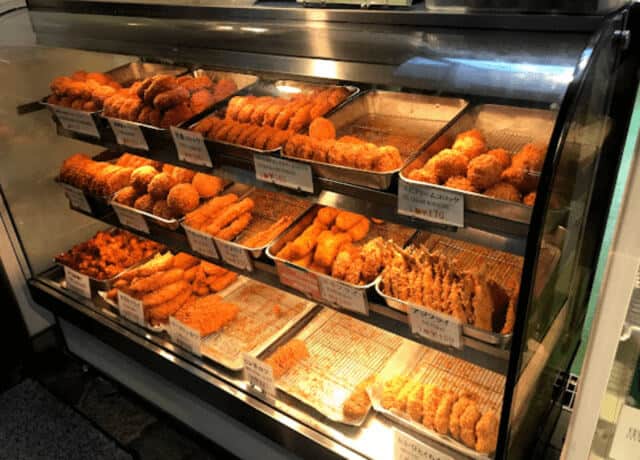
A deep-fried butcher shop that also sells lunch boxes. A butcher shop near the Kagurazaka-ue intersection. They have beef croquettes here which is a moist croquettes made with juicy minced pork and onions. In addition to croquettes, there are plenty of fried foods such as fried shrimp (¥220), pork mince cutlet with cabbage (¥180), and scotch egg (¥350). It is a popular store that has a line during the daytime as they also have bento boxes.
Arai Meat Shop (ミートショップアライ精肉店)
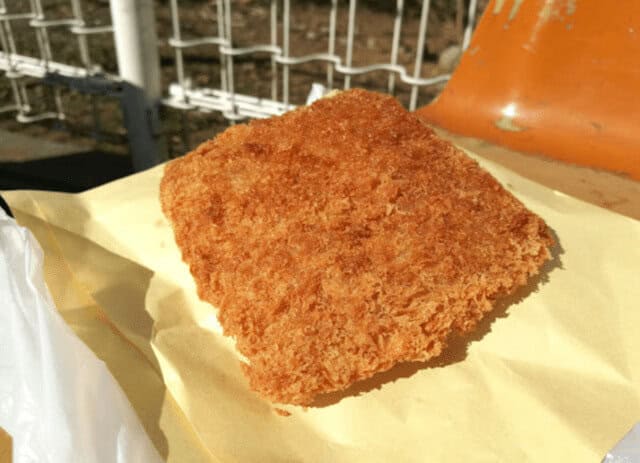
There is an inevitable line of customers seeking the taste of a long-established store. A long-established butcher shop that opened before the war, located in a shopping district that is great for foodies, where not only restaurants but also prepared food stores compete. Although the ingredients of their croquettes are only potatoes, it creates an exquisite harmony with the fragrant bread crumbs. In addition to the croquettes, the large minced meat over 10 cm (130 yen) and thick pork cutlets (220 yen) are also popular.
Takeaway
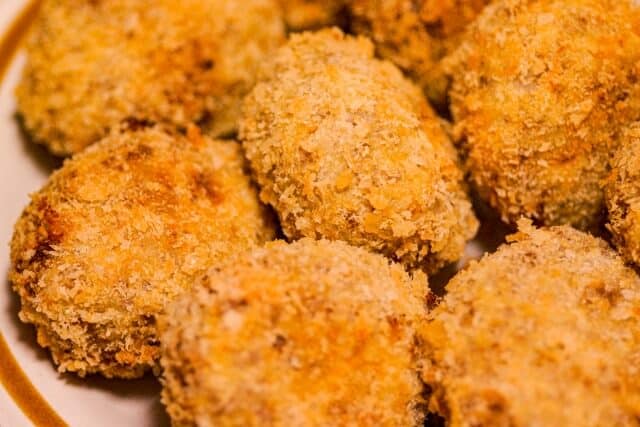
Everyone enjoys croquettes, from kids to adults, and their delectableness will make you smile. The number of people who make croquettes from scratch at home may be declining given that it takes a lot of time and effort to prepare them and that tasty croquettes are now conveniently available at convenience stores.
You can try other Korokke-style dishes like Tonkatsu, Menchi katsu, and Katsu Curry.
Japanese Korokke (Croquette) FAQ
What is Korokke?
It is a deep-fried patty made of mashed potatoes, ground meat, and onions coated in panko breadcrumbs.
Is it French?
No. Japanese chefs adapted it from the French “croquette” in the late 19th century to suit local tastes.
How does it differ from French croquettes?
Japanese Korokke uses mashed potatoes as the base, whereas French versions often use creamy béchamel sauce.
Where can I buy it?
You find the best ones at local butcher shops (Nikuya), convenience stores, and supermarkets.
Is it expensive?
No. It is a very cheap comfort food, typically costing between 80 JPY and 150 JPY per piece.
What sauce should I use?
Most people drizzle savory “Tonkatsu Sauce” or Worcestershire sauce over it.
What is “Menchi Katsu”?
It is a similar fried cutlet, but cooks make it entirely of ground meat and onions without potatoes.
What is “Kani Cream Korokke”?
It is a creamy variation filled with white béchamel sauce and crab meat (Kani) instead of potatoes.
How do I eat it?
You can eat it by hand as a hot snack or serve it as a side dish with rice and cabbage.
What is “Korokke Pan”?
It is a popular sandwich where bakers stuff a whole croquette inside a soft bun.
Is it vegetarian?
Rarely. Even potato versions usually contain ground beef or pork for extra flavor.
What are popular fillings?
Besides plain meat, shops sell Pumpkin (Kabocha), Curry, Corn, and Cheese flavors.
Why eat it during typhoons?
Internet culture jokes that you should buy Korokke to prepare for typhoons, a meme that started in 2001.
Is it good cold?
Yes. The strong seasoning makes it delicious even at room temperature in Bento boxes.
What is “Soba Korokke”?
It is a topping for hot noodle soup. The broth soaks into the breading, creating a unique texture.

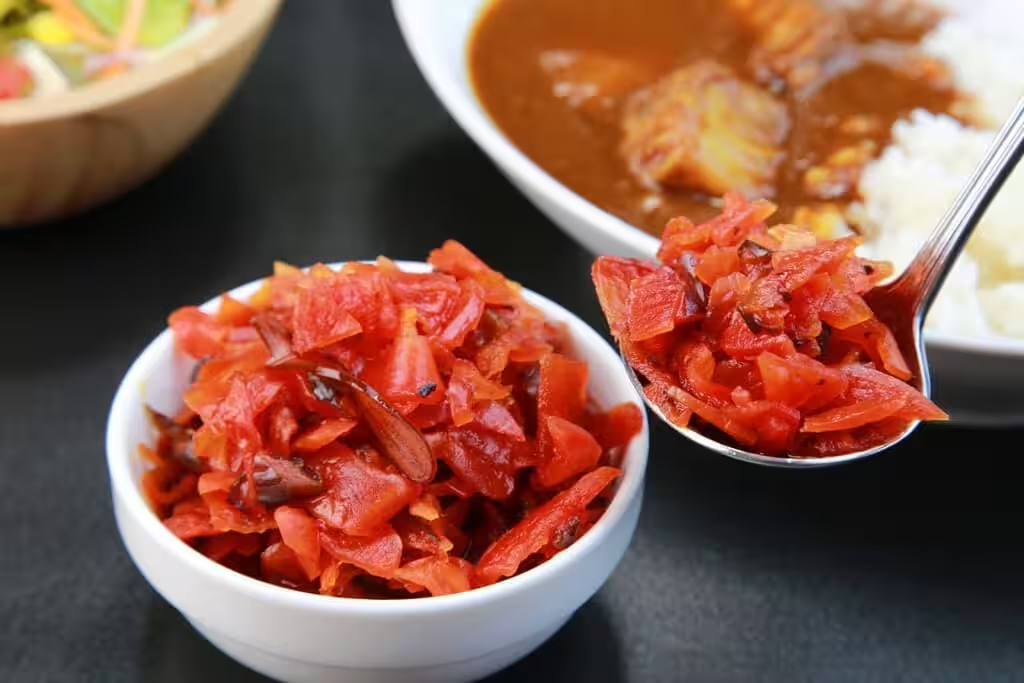
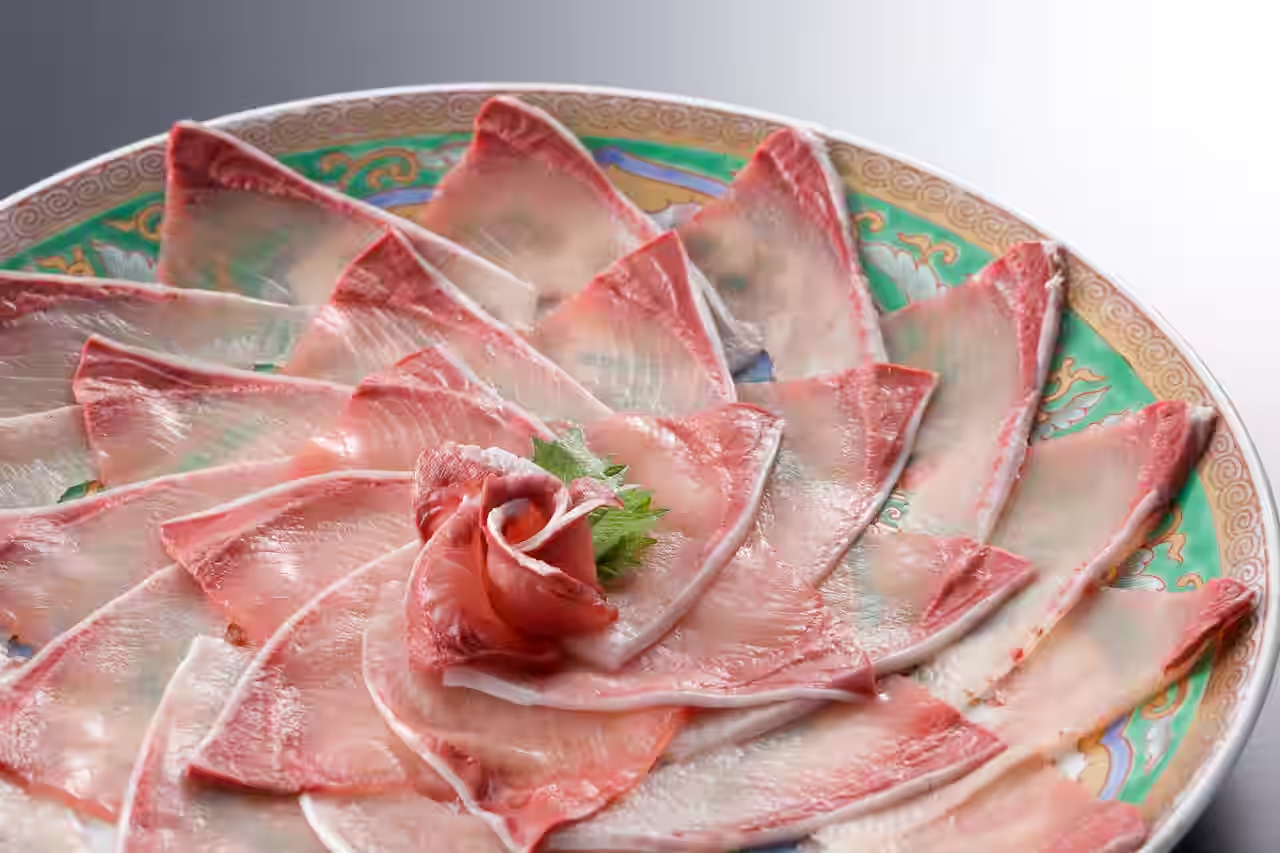
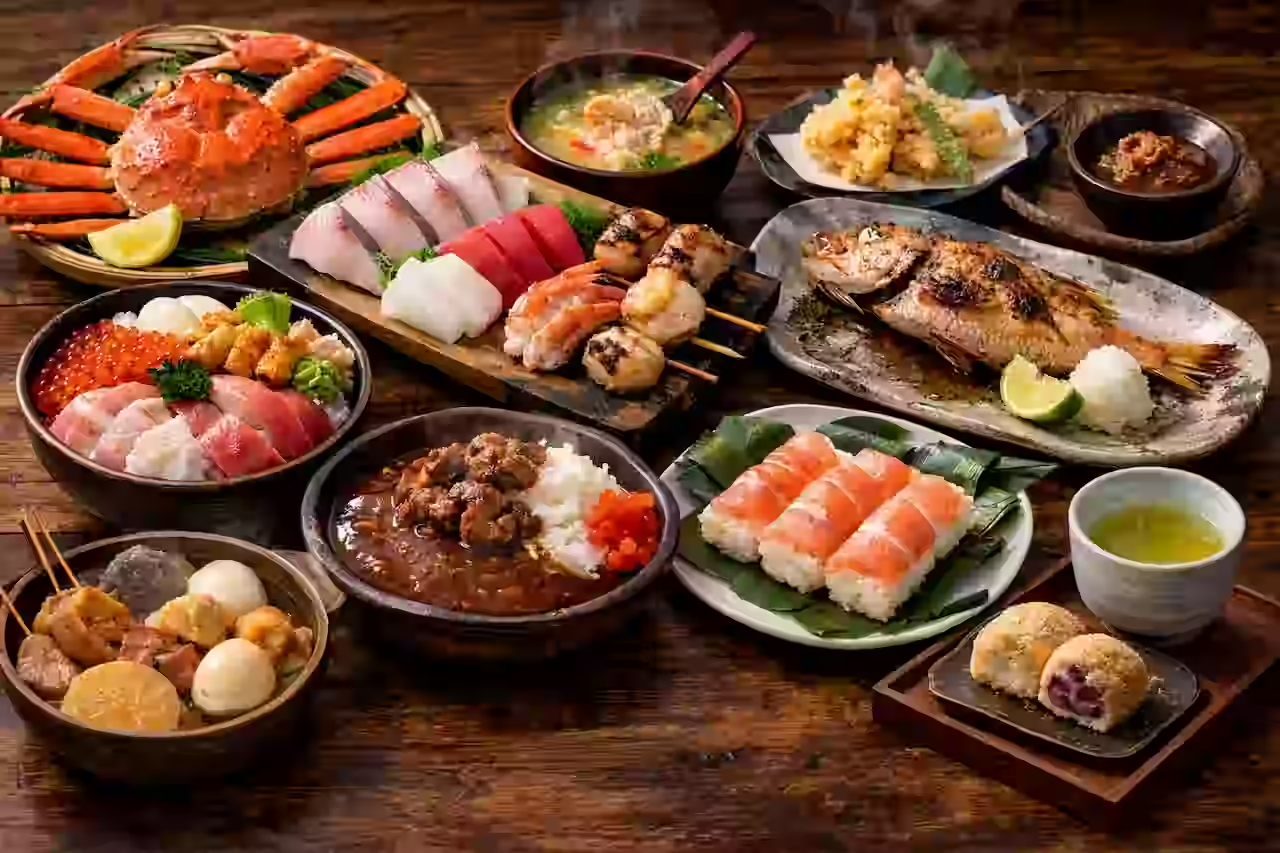
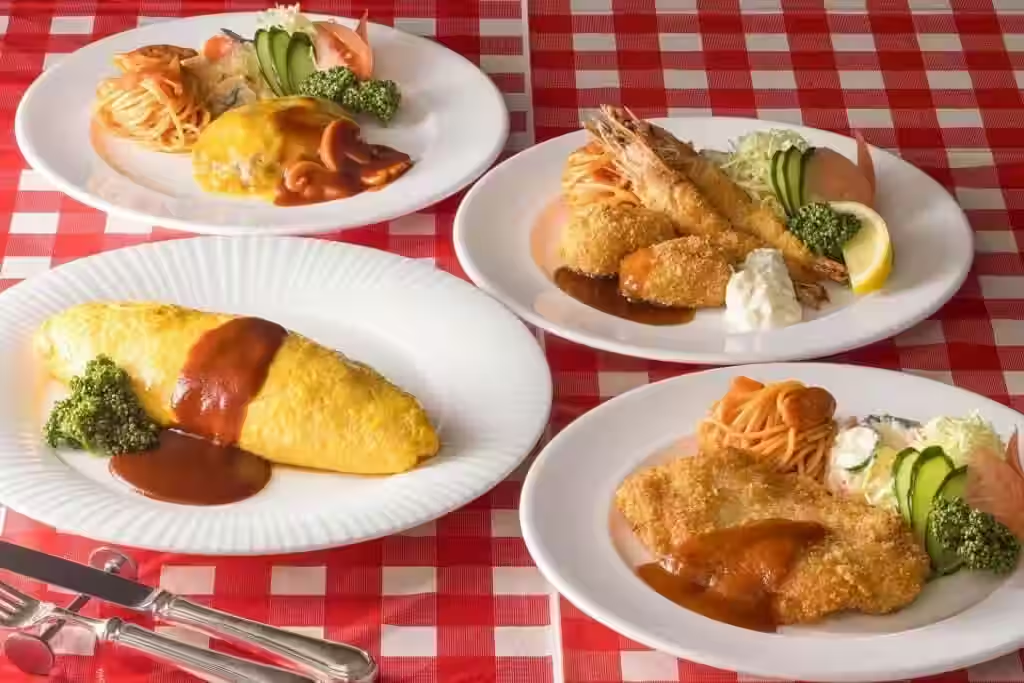

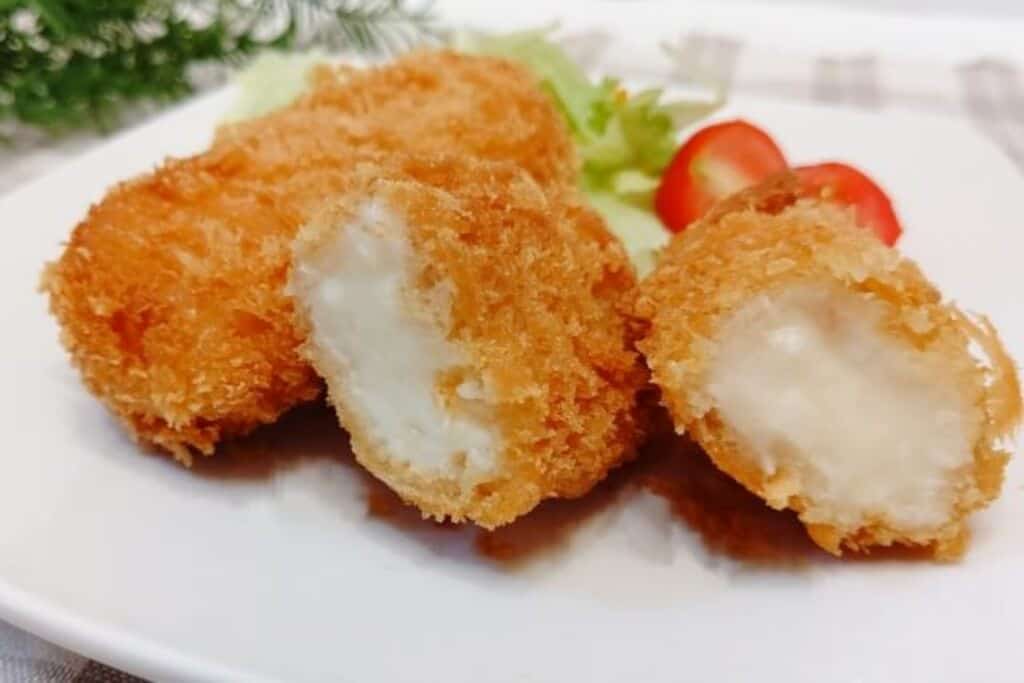
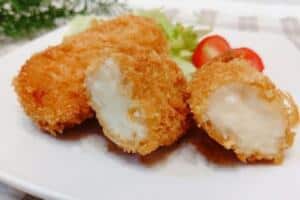
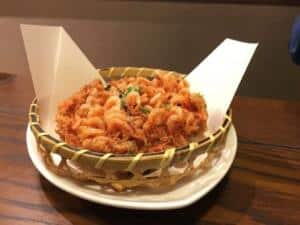
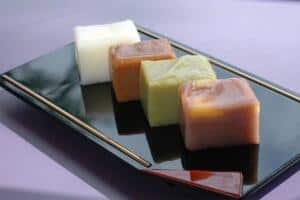
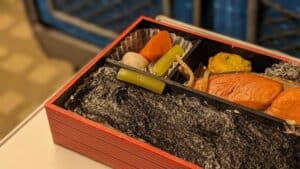
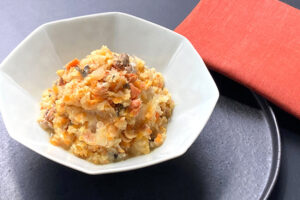
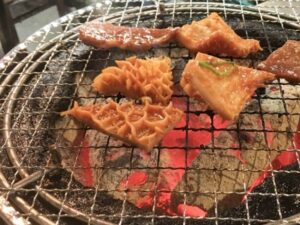
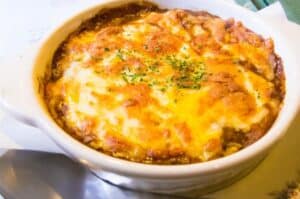
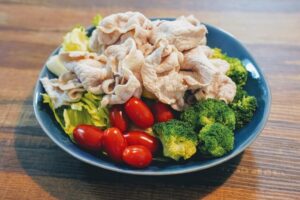
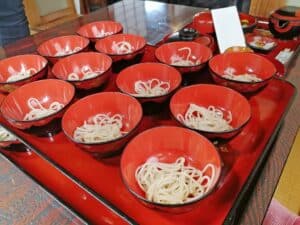
Comments